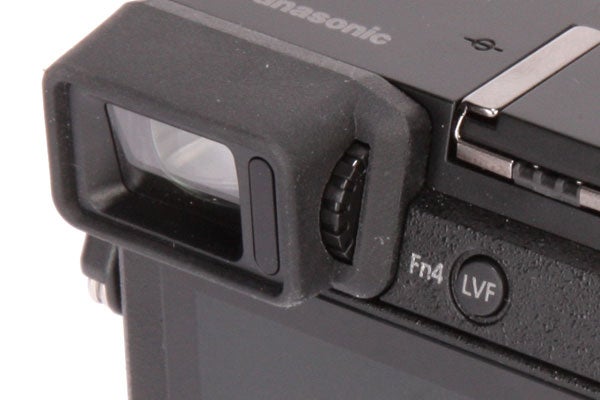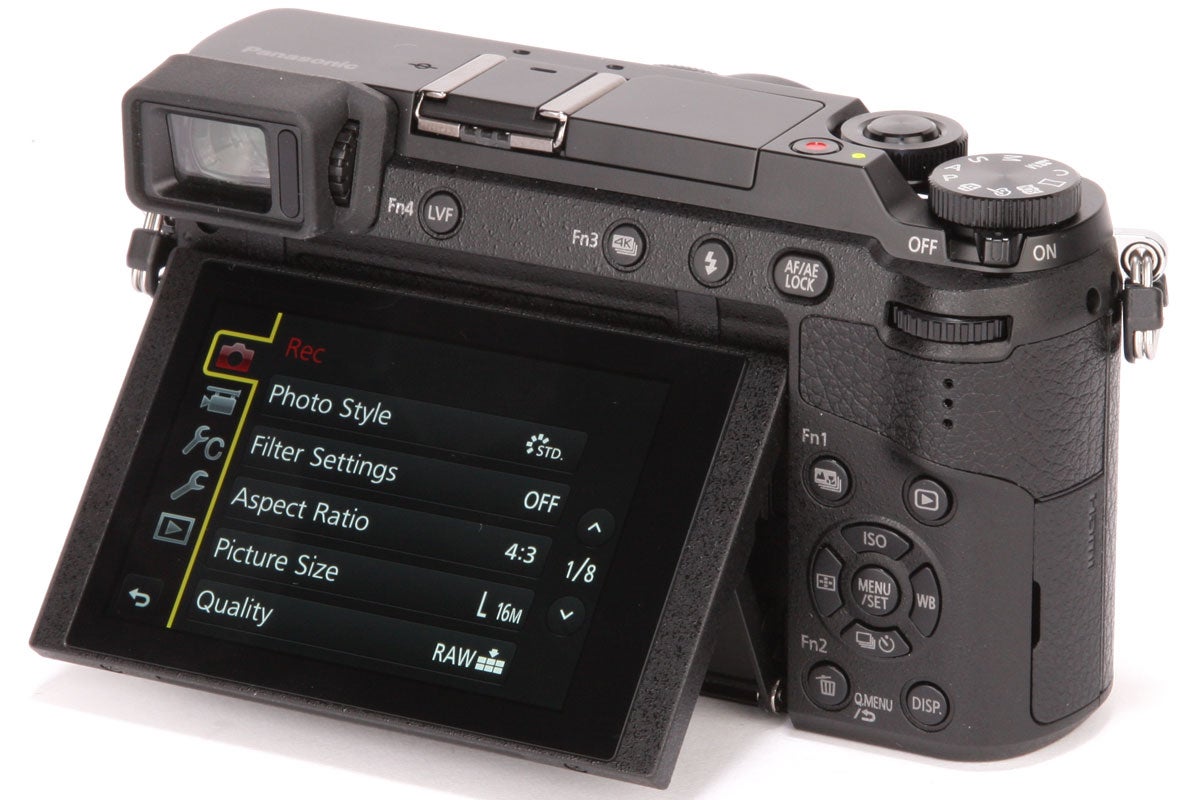Andy Westlake examines the Panasonic Lumix GX80, Panasonic’s latest mid-range compact system camera
Panasonic Lumix GX80 review
Viewfinder and screen
Broadly speaking the Panasonic Lumix GX80 uses the same viewfinder and screen as the older GX7, with the main difference being that the EVF no longer tilts upwards. While I’m sure this will dismay some GX7 owners thinking of upgrading, personally I’ve never really found much use for tilting EVFs, especially on a camera with a tilting LCD. The big advantage is that, without having to fit in the tilt mechanism, the camera can be made noticeably more compact – most obviously the eyecup doesn’t stick as far out the back compared to the GX7.
The viewfinder itself uses a 2.76-million-dot equivalent panel with a 16:9 aspect ratio. Panasonic quotes an impressive-sounding 0.7x magnification, but things are a little more complicated than that. You’ll only get this when recording video or stills in 16:9, and narrower aspect ratios result in less of the screen being used. When you use the camera’s native 4:3 aspect ratio for stills, you’re looking at an effective magnification closer to 0.6x, although this still gives a view similar in size to competitors such as the Fujifilm X-E2S or Olympus OM-D E-M10 II.

The dial beside the finder adjusts the dioptre, while the eye sensor can be over-ridden by the LVF button.
Like the GX7’s, the EVF panel is of the field-sequential type, meaning that rather then having red, green and blue dots, it displays red, green and blue components of the image in quick succession to give a full-colour display.
One disadvantage is that this can sometimes give disconcerting rainbow effects, particularly when panning. Overall though the EVF is quite useable, if not as nice as those on some of its competitors.
The rear screen is similar to the GX7’s, being a 1.04-million-dot touchscreen that tilts 80° up and 45° downwards. This is really useful for shooting video, or stills at odd angles.
Naturally it’s not as flexible as a fully articulated screen, especially when shooting stills in portrait format (instead it positively encourages shooting everything in landscape format). But it’s quicker to use and helps keep the body camera small, and that’s a compromise many users will be happy to make.





